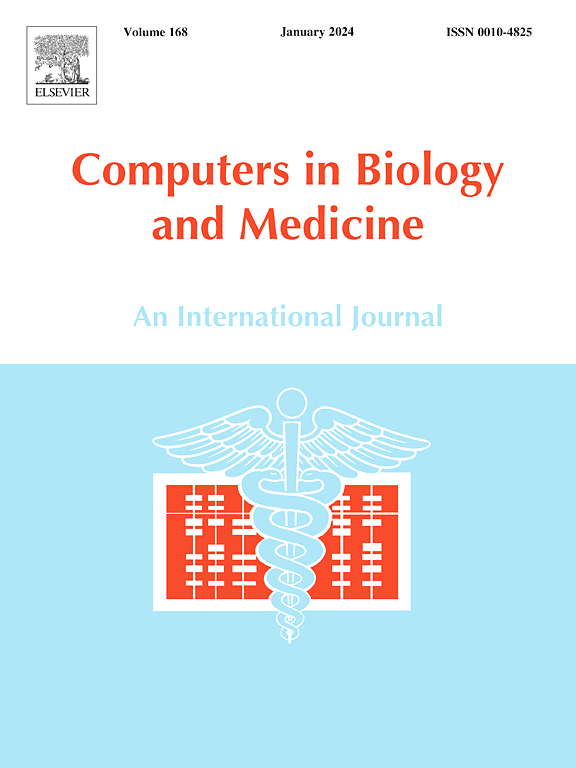DALL-M: Context-aware clinical data augmentation with large language models
IF 7
2区 医学
Q1 BIOLOGY
引用次数: 0
Abstract
X-ray images are vital in medical diagnostics, but their effectiveness is limited without clinical context. Radiologists often find chest X-rays insufficient for diagnosing underlying diseases, necessitating the integration of structured clinical features with radiology reports.
To address this, we introduce DALL-M, a novel framework that enhances clinical datasets by generating contextual synthetic data. DALL-M augments structured patient data, including vital signs (e.g., heart rate, oxygen saturation), radiology findings (e.g., lesion presence), and demographic factors. It integrates this tabular data with contextual knowledge extracted from radiology reports and domain-specific resources (e.g., Radiopaedia, Wikipedia), ensuring clinical consistency and reliability.
DALL-M follows a three-phase process: (i) clinical context storage, (ii) expert query generation, and (iii) context-aware feature augmentation. Using large language models (LLMs), it generates both contextual synthetic values for existing clinical features and entirely new, clinically relevant features.
Applied to 799 cases from the MIMIC-IV dataset, DALL-M expanded the original 9 clinical features to 91. Empirical validation with machine learning models – including Decision Trees, Random Forests, XGBoost, and TabNET – demonstrated a 16.5% improvement in F1 score and a 25% increase in Precision and Recall.
DALL-M bridges an important gap in clinical data augmentation by preserving data integrity while enhancing predictive modeling in healthcare. Our results show that integrating LLM-generated synthetic features significantly improves model performance, making DALL-M a scalable and practical approach for AI-driven medical diagnostics.

求助全文
约1分钟内获得全文
求助全文
来源期刊

Computers in biology and medicine
工程技术-工程:生物医学
CiteScore
11.70
自引率
10.40%
发文量
1086
审稿时长
74 days
期刊介绍:
Computers in Biology and Medicine is an international forum for sharing groundbreaking advancements in the use of computers in bioscience and medicine. This journal serves as a medium for communicating essential research, instruction, ideas, and information regarding the rapidly evolving field of computer applications in these domains. By encouraging the exchange of knowledge, we aim to facilitate progress and innovation in the utilization of computers in biology and medicine.
 求助内容:
求助内容: 应助结果提醒方式:
应助结果提醒方式:


